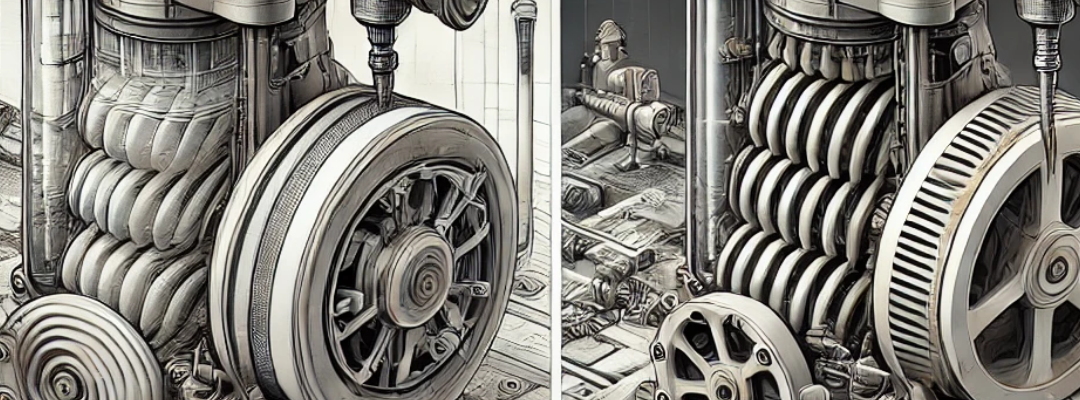Fluid handling is essential across multiple industries, from pharmaceuticals to wastewater treatment. Choosing the right pump for your specific application can significantly impact efficiency, maintenance, and costs. Among the most commonly used pumps are peristaltic and diaphragm metering pumps—each with distinct advantages and limitations. This guide will break down their key differences, helping you determine which pump best suits your needs.
What is a Peristaltic Pump?
A peristaltic pump operates by compressing a flexible tube filled with fluid in a wave-like motion, pushing the liquid forward—similar to how the human digestive system moves food. This positive displacement method makes it highly efficient for handling viscous, abrasive, or shear-sensitive fluids.
Advantages of Peristaltic Pumps
- Handles Thick and Abrasive Fluids: These pumps are ideal for slurries, suspensions, and chemically aggressive fluids due to their valve-less design.
- Minimal Risk of Clogging: With no internal valves, peristaltic pumps significantly reduce blockages, making them a preferred choice for sludge or waste processing.
- Self-Priming and Dry-Running Capability: Can operate without fluid for short periods, making them ideal for intermittent pumping.
- Low Maintenance: Simple design results in fewer moving parts that require servicing.
Limitations of Peristaltic Pumps
- Tubing Wear and Tear: The constant compression weakens the tube over time, requiring periodic replacement to maintain optimal performance.
- Limited High-Pressure Applications: While effective in many settings, peristaltic pumps are not suitable for extremely high-pressure applications.
What is a Diaphragm Metering Pump?
Diaphragm pumps use reciprocating motion to create suction and discharge fluid through check valves. This type of pump is widely used for precise dosing applications and for handling corrosive or hazardous fluids.
Advantages of Diaphragm Pumps
- Durability and Longevity: These pumps can last for years with proper maintenance, reducing replacement costs.
- High Precision and Control: Ideal for applications requiring accurate dosing, such as chemical injection in water treatment.
- Handles Corrosive Fluids Well: The diaphragm acts as a protective barrier, preventing fluid contact with mechanical components.
Limitations of Diaphragm Pumps
- Higher Risk of Clogging: Check valves are susceptible to blockages, making them less effective for handling viscous or particulate-laden fluids.
- Complex Maintenance: Requires a higher level of technical expertise for servicing compared to peristaltic pumps.
Choosing the Right Pump: Key Considerations
| Feature | Peristaltic Pump | Diaphragm Pump |
| Fluid Type | Thick, abrasive, and shear-sensitive | Corrosive, chemical dosing |
| Clogging Risk | Low (valve-less design) | High (check valves prone to clogging) |
| Maintenance | Easy (requires tubing replacement) | More complex (valve and diaphragm upkeep) |
| Precision | Moderate | High |
| Best Use Cases | Wastewater treatment, slurries, food & beverage | Chemical processing, pharmaceuticals, precision dosing |
The Future of Peristaltic Pumps
As industries push for greater efficiency and cost-effectiveness, peristaltic pumps are gaining traction, especially in sectors like pharmaceuticals, food processing, and mining. The reduced maintenance, ability to handle high-viscosity fluids, and simple operation make them an attractive choice for many companies.
Case Study: Implementing Peristaltic Pumps for Cost Efficiency
A manufacturing plant sought a low-maintenance, high-efficiency pump to handle thick, abrasive fluids. After evaluating multiple options, the team decided that a hose pump (peristaltic pump) was the best fit due to:
- Ability to handle dry running
- Lower shear stress on the fluid
- Longer lifespan compared to traditional pumps
- Simple maintenance procedures

